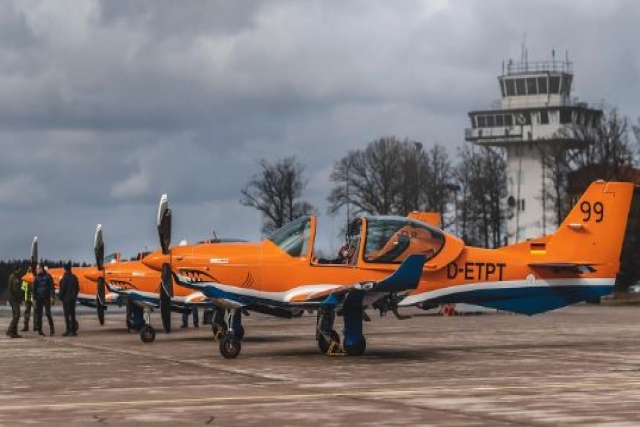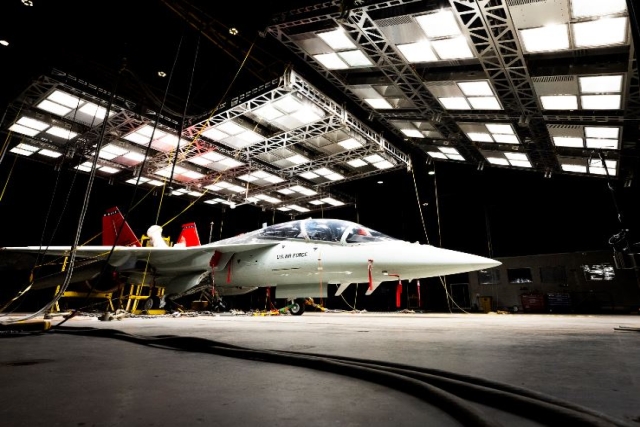Swedish Air Force to Retire SK 60 Trainer Aircraft in June
The SK 60 will be replaced by the turboprop Grob G120TP, which will be supplemented by Saab T-7 trainers.

The Swedish Air Force will decommission the School Aircraft 60 (SK 60) after over six decades of service with a ceremony at the Air Force Museum in Linköping on June 18.
The final class of student pilots trained on the SK 60 will complete their examinations at the Flight School in June. The ceremony, beginning at 15:00, will include a speech by Air Force Chief Jonas Wikman and the symbolic handover of a logbook to the Air Force Museum. An air show will follow at 15:45, featuring demonstration pilot Nils "Princess" Schylström. Attendees can meet "Princess" from 13:00 to 14:00 at the museum and learn about careers in the Air Force.
While admission is required for the ceremony and museum activities, the outdoor air show will be free to the public. The museum will kick off the decommissioning events on June 15 with a themed day, offering lectures, demonstrations, and flight simulator sessions focused on the SK 60.
Post-decommissioning, the SK 60s will join the museum’s collections and be used as teaching material at technical schools across Sweden. Some aircraft will continue flying with the Swedish Air Force Historic Flight, and flight simulators will remain operational for training purposes.

The Swedish Air Force has scheduled the final flight displays for the SK 60 both domestically and internationally, including at the Royal International Air Tattoo, where the SK 60 Solo Display, piloted by Captain Nils "Princess" Schylström, has earned accolades for its exceptional performance.
In addition to the basic SK 60A trainer, the SK 60B and C attack versions were produced as modifications, with the SK 60C featuring an elongated nose to allow for the installation of a camera. All SK 60s currently flying in the Swedish Air Force have been upgraded with new cockpit instruments and engines. After their retirement, some of the SK 60s will be handed over to the Swedish Air Force Historic Flight, where they will join its existing SK 60, 60140/SE-DXG, a non-upgraded example which already flies with them.
The SK 60, Sweden's designation for the Saab 105, was adopted in 1962 and first flown in 1963. Over 150 aircraft were delivered between 1966 and 1968, replacing the De Havilland Vampire. Despite upgrades over the years, including new cockpit instruments and engines, the aircraft will now be replaced by the turboprop Grob G120TP, designated locally as the SK 40, with a jet-powered trainer likely to follow. The SK 60 will likely be supplemented by a jet-powered trainer like the Saab T-7 at a later date.










